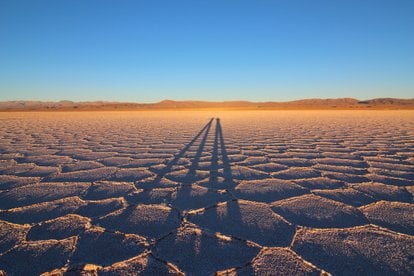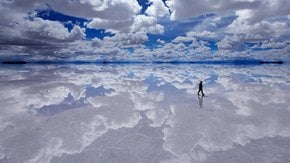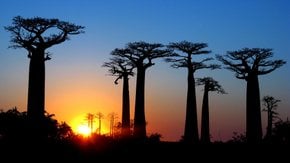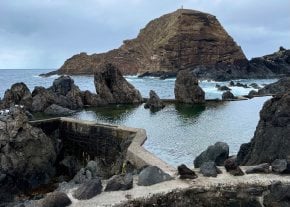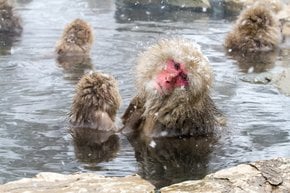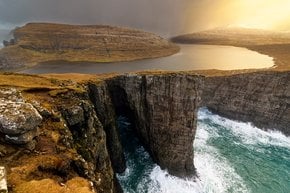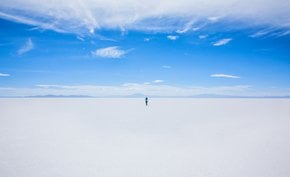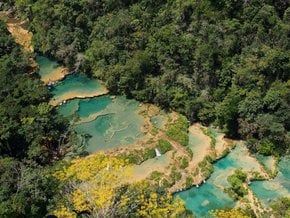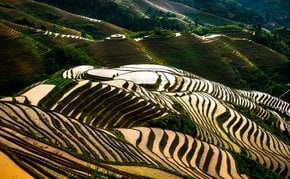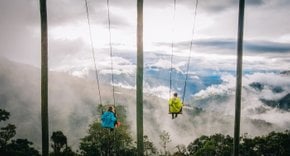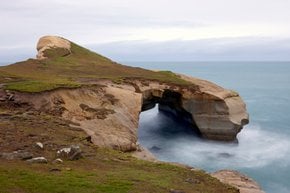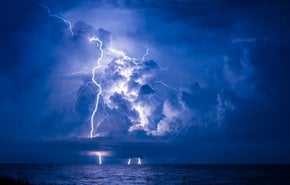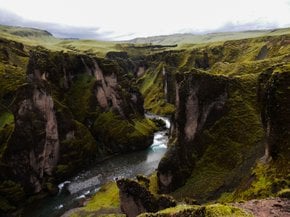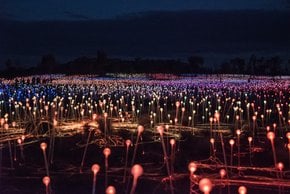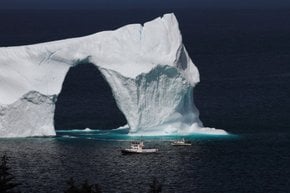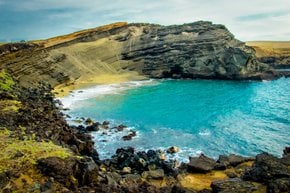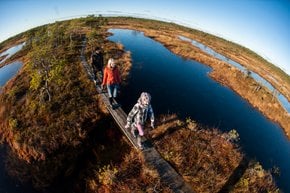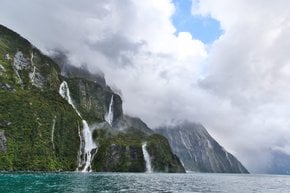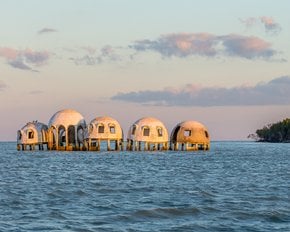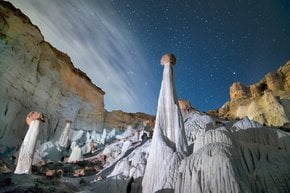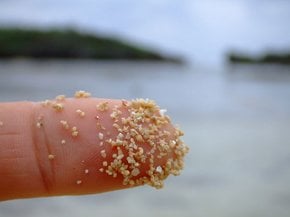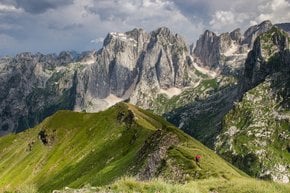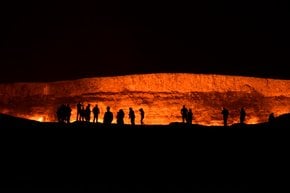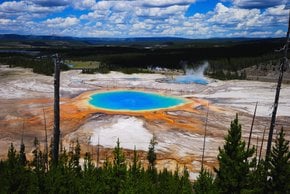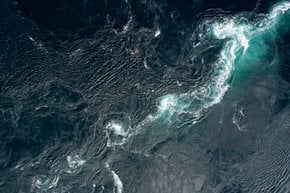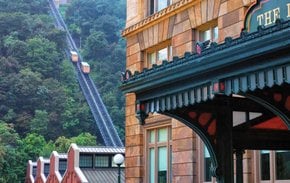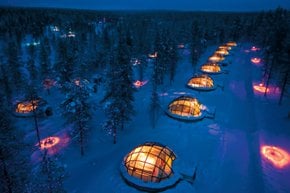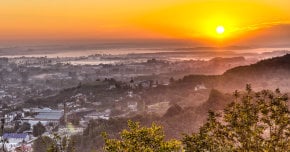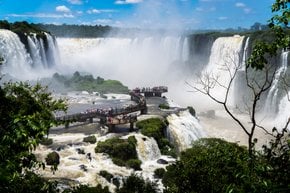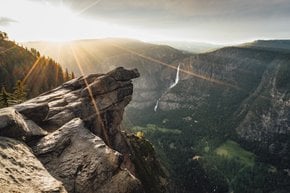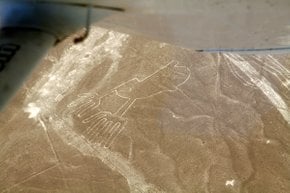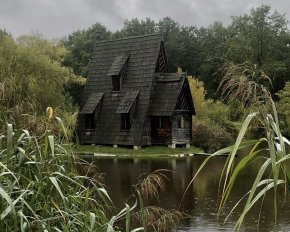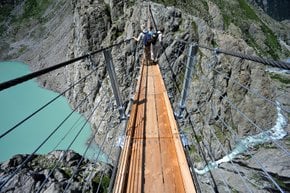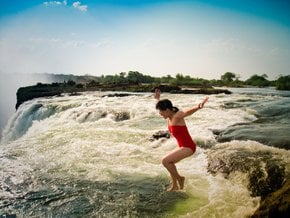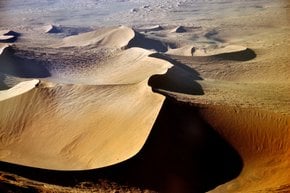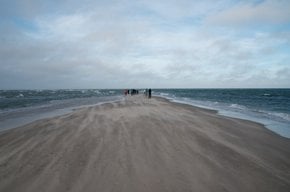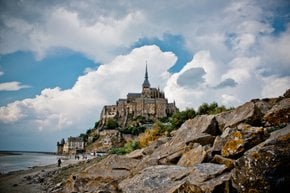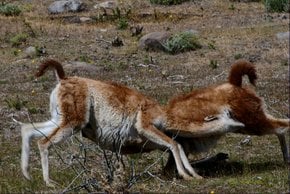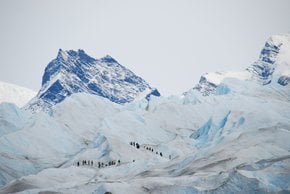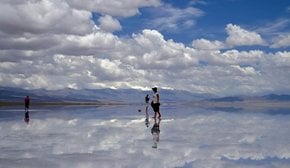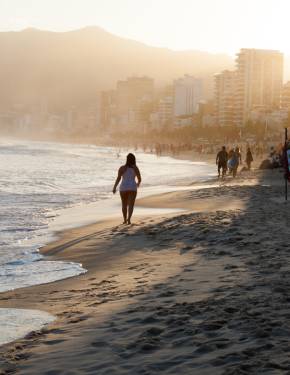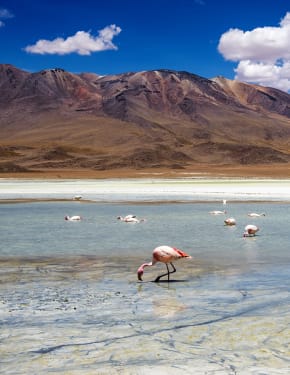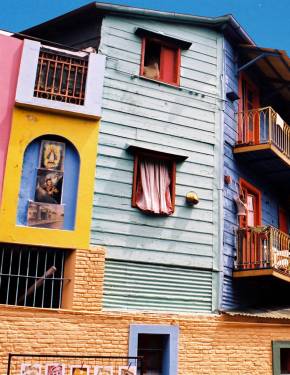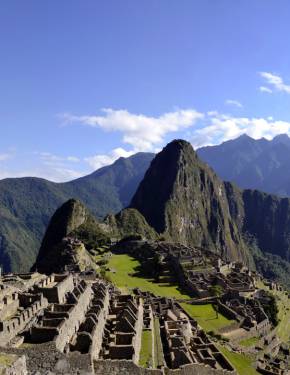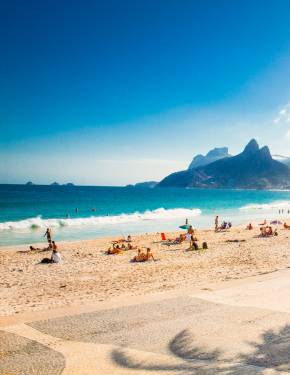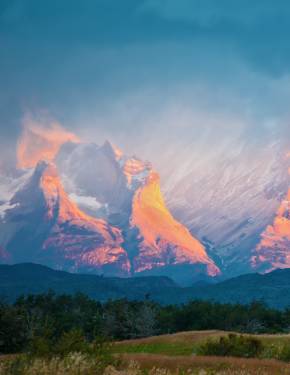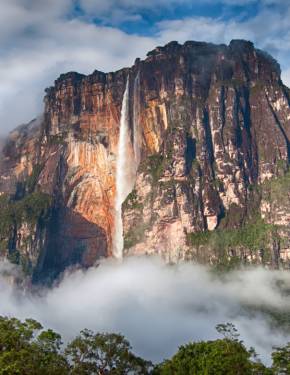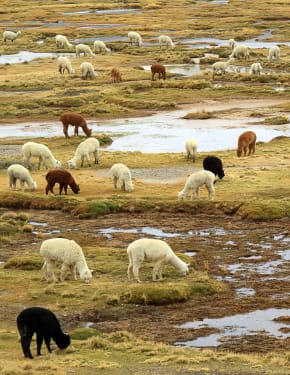Dry Salinas Grandes in Argentina 2026
These salt flats are among the country's biggest attractions and one of the 7 Argentine Natural Wonders
Best time: April–November
Salinas Grandes is the snow-white desert of Argentina. At first glance, you may believe it is snow but it is not! The first impression is deceptive: the temperature in the Argentine salt desert Salinas Grandes reaches about 28°C with a huge thermal amplitude between day and night. Being one of the world's largest salt deserts, it covers an area of 6,000 square kilometers.
Location
Salinas Grandes is an expansive salt flat situated in a tectonic depression at an altitude of 170 meters, nestled between the Sierra Pampa mountain ranges in Argentina's Salta province. Once the bed of an ancient lake, this vast, arid landscape now serves primarily for mineral salt extraction. On rare occasions, water from nearby mountains or heavy rainfall briefly collects on the surface before evaporating into the desert air.
Minerals Extraction
Because of the inconceivable heat and frequent winds, the water, standing as a mirror-like surface, evaporates very quickly. The extraction of minerals is carried out in this territory: there are extensive deposits of soda and potash. Travelers can see this process here if interested.
Salt harvesting takes place from April to November during the dry season. Local villagers create crystallization pools measuring four by two meters, with a depth of 60 centimeters and a water level of about 30 centimeters. The salt is left to evaporate and mature for a year before being extracted from the pools and set aside to dry for another month. In Salinas Grandes, you can buy figures of salt made by locals.
Best Time to Visit
Traveling through the salt desert offers a unique and challenging experience. One advantage is that the salt flats are free to visit, with the highway running directly through them. The best time for crossing is during the dry season from April to November, when temperatures are more moderate, and the area remains unflooded. Sunglasses and sunscreen are essential, along with plenty of drinking water to stay hydrated.
Getting There
Just 66 kilometers from the charming town of Purmamarca, these salt flats are easily accessible via Route 52, which winds through the landscape before continuing toward Chile through the Paso de Jama. The journey offers a remarkable experience, whether taken as a day trip from Salta or Jujuy or combined with visits to other nearby destinations.
Guided Tours
Guided tours around the Salinas Grandes offer a fantastic opportunity to explore this natural wonder with the expertise of local guides. Visitors can easily find a variety of tour operators in the nearby area, ensuring great availability and flexible options for different preferences. Whether it's a half-day tour or a full-day excursion, experienced guides provide insightful perspectives on the history, geology, and unique features of the salt flats, making it a memorable experience for all.

